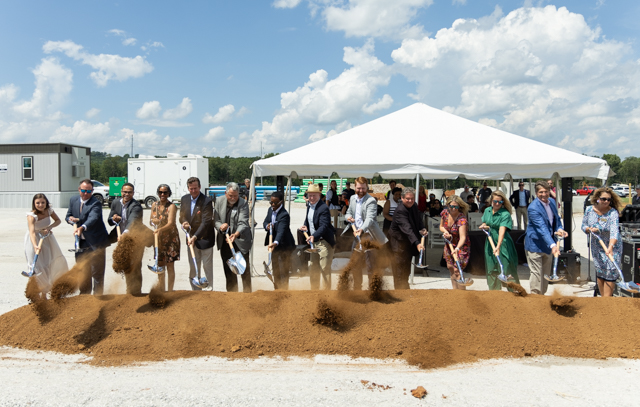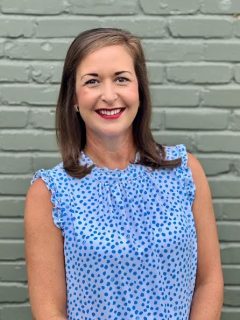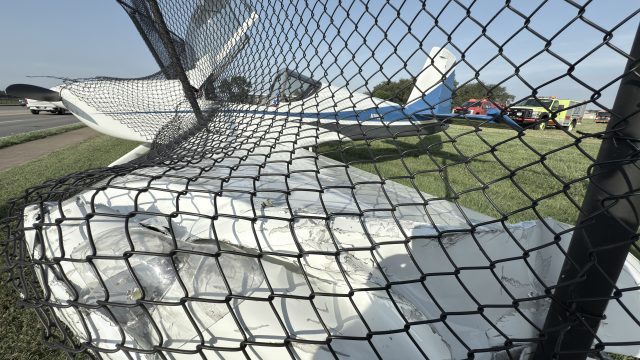Teachers reported most anxiety of all professions during pandemic
Published 12:28 pm Sunday, December 4, 2022
When Dr. Joe Kush and his colleagues first saw the results of their research, they thought they’d crunched the numbers wrong.
Their study found that out of all professions, teachers were most likely to report anxiety symptoms during a critical period of the COVID-19 pandemic.
Trending
In fact, they were 40% more likely to report anxiety symptoms than healthcare workers.
The study was recently published in the American Educational Research Associations’s peer-reviewed journal Educational Researcher and is based on the U.S. COVID-19 Trends and Impact Survey, developed by Carnegie Mellon University’s Delphi Group and disseminated to over three million employed Facebook users between September 2020 and March 2021.
A subsection of the survey, primarily focused on physical and public health questions about things like masking and COVID symptoms, asked respondents to report how often in the past week they had experienced various symptoms, including those associated with anxiety and depression.
Kush, a researcher and professor at James Madison University, and his fellow researchers from John Hopkins University – Elena Badillo Goicoechea, Dr. Rashelle Musci and Dr. Elizabeth Stuart – were not expecting those results, he said.
Results were controlled across a wide range of variables, including gender, geography and an area’s prevalence of COVID, Kush said.
Within the teaching profession, those who taught remotely were 60% more likely to report feelings of isolation than those who taught in person.
Trending
There was also a clear gender disparity, with female teachers were 70% more likely to report anxiety symptoms than male teachers, although Kush said that past research has shown that even when men are experiencing the same exact mental health symptoms as women, they may be less likely to self-report it.
This was the first major study to look at the mental health of teachers during the pandemic, Kush said.
“We need healthy teachers to teach well,” he said. “A lot of research in education has looked at the effects of COVID and those effects on students – student achievement, student mask usage, COVID spread in schools – but no one’s really looking at the teachers and how they are holding up.”
The next step is to figure out why this is happening, Kush said. While his research team has several theories, at this point that’s all they are – theories.
“There are these stories that we can tell, and I think there’s merits, but we just don’t really have the evidence to say what’s specifically is driving these differences,” Kush said.
In the past year, more teachers have been utilizing Warren County Public School district’s employee assistance program, which offers six free, 100% confidential counseling sessions per traumatic event, said Todd Hazel, district director of student services.
Hazel said during virtual learning, teachers were not only concerned about their needs, but the needs of their students outside of academics. For example, they weren’t able to tell if their students were being properly fed or having their socio-emotional needs met, Hazel said.
“Our teachers care so much about our students and the whole child,” Hazel said. “So not being able to see them every day was difficult …That was a huge stressor.”
One of Kush’s theories is that teachers had more occupational uncertainty than healthcare workers and other professions.
Schools pivoted between in-person to remote learning abruptly and randomly, with modality decisions often differing within school districts.
“Teachers weren’t necessarily included in those conversations, they were just kind of told,” Kush said. “When you think about healthcare workers, their jobs are stressful and they may have high levels of anxiety, but it was straightforward. You’re going to be in person.”
Hazel said that modality decisions were made by the district in conjunction with principals.
Another theory is that while teachers had to adjust quickly with little preparation or training, healthcare workers are trained to deal with public health emergencies and extreme scenarios.
Finally, Kush said that the way the healthcare and teaching professions were viewed by the outside community may have contributed to higher levels of anxiety among educators.
“Healthcare workers were seen as, rightfully so, as champions and celebrated. They were given a lot of resources,” he said. “But teachers less so. It was kind of like the Wild West, ‘Here’s the classroom, figure it out.’”
Kush said that he plans to be involved in future research to nail down which theory, if any, is correct.
No matter the reason, there are policy implications of the study results, like the importance of giving a greater voice to teachers.
“We actually cited some research that shows that when teachers are included in such processes, they feel more included, they feel more valued,” Kush said. “So that creates a better culture.”






